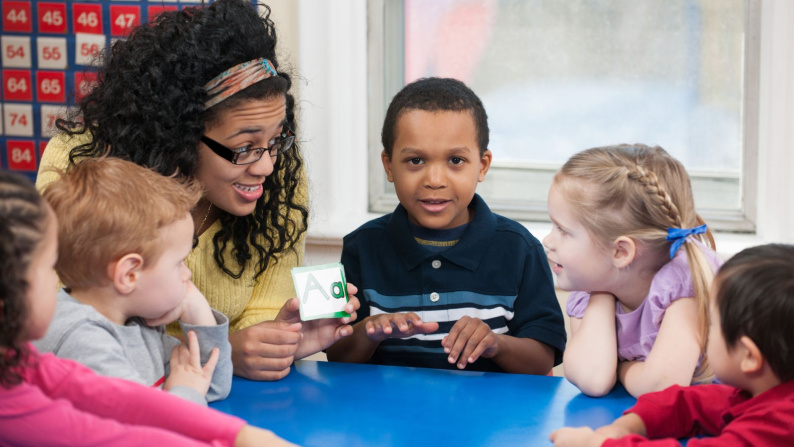Listening to children is an important notion within early childhood and Tamsin sees it as a key component of a loving pedagogy because it empowers children and contributes to their overall wellbeing. This blog delves into the meaning of ‘listening to children’ and offers practical strategies for actively listening and gathering their perspectives.
The Importance of Listening to Children
Listening to children is fundamental to their personal, social, and emotional development (PSED). When adults actively listen, they create an environment of trust and security, fostering positive emotional relationships – all crucial elements of the PSED framework in early childhood education. Listening to children helps to:
- Build Trust and Relationships
- Support Emotional Expression
- Promote Self-Esteem and Confidence
- Developing Social Skills
- Encourage Independence and Decision-Making
- Help with the Early Identification of Needs
Building Confidence and Self-Worth
When children feel heard, they gain confidence and a stronger sense of self-worth. Acknowledging their opinions and concerns sends the message that they are valued and capable of contributing to the world. Children who feel respected are more likely to embrace their individuality and pursue their dreams with passion and determination. Listening to every child is a powerful way to nurture a generation of confident, resilient individuals.
How do we actively listen to children?
Sometimes, we become so accustomed to hearing children’s voices that they blend into the background, and we forget to truly listen. This is closely related to the concept of attunement; when we are actively listening, we not only tune into the words and sounds children make but also respond sensitively to their body language and overall demeanor. In this way, we strive to better understand the child’s perspective and experience.
There are many methods of Listening to Children. Young children communicate in a multitude of ways. Here are some key strategies for listening to young children and ensuring their voices are heard:
- Remember that all behavior is a form of communication , so notice their behavior, body language, gestures, and eye contact/movement.
- Closely observe children: Pay attention to what they do, their interests, where they play, who they play with, and how long they engage in specific activities.
- Get down to the child’s level and attempt to see the world through their eyes, listening to any words spoken and noticing the sounds they make.
- Value and interpret their creations (drawings, paintings, constructions, mark-making etc.).
- Offer the children choices and observe what they choose and how those choices reflect their interests and preferences.

